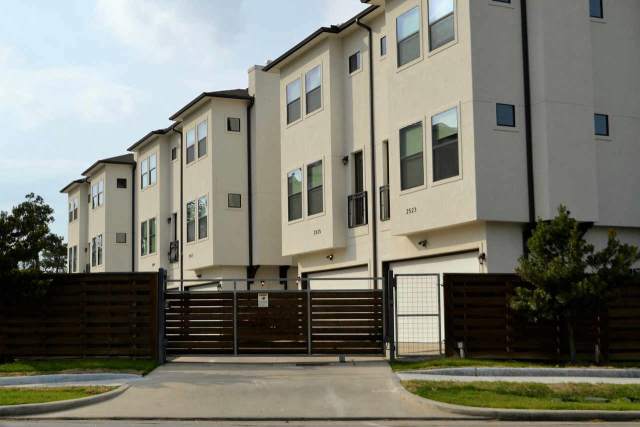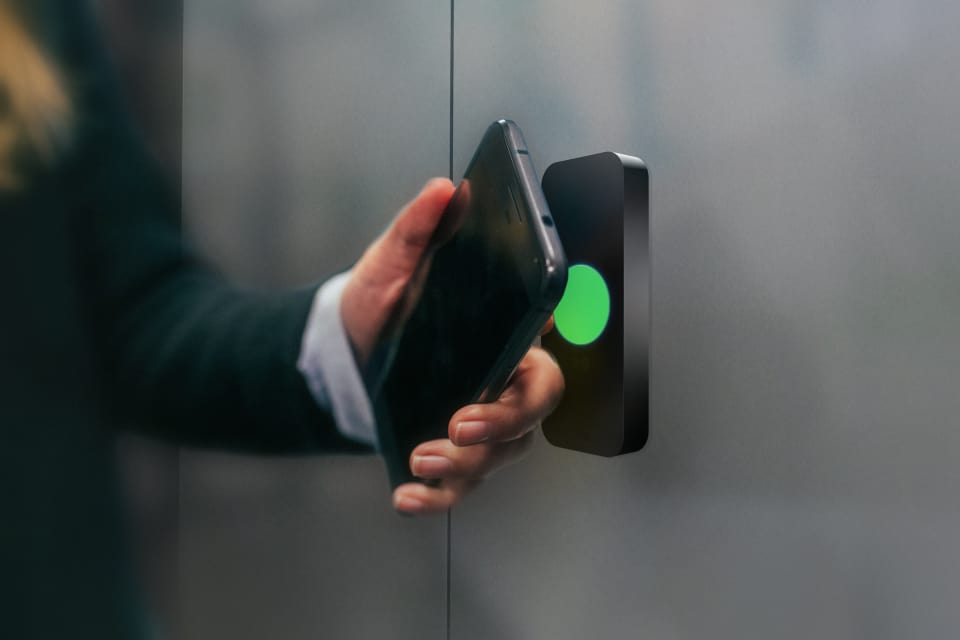Exploring which access control system is the best fit for your organization comes with a few different considerations. When opting for a solution like standalone access control, which offers limited centralized functionality yet cost-efficiency for smaller facilities, it’s important to consider the size and scope of your organization, and what kind of access you need the ability to grant. In the following article, we will share some of the benefits and drawbacks of standalone access control. If you are interested in finding out more about what system would work best for your organization, Kisi security experts are happy to help you find the solution that suits your needs. You can book a call here.
Standalone access control #
In standalone access control systems, all electronics are installed in a keypad or reader - there are no additional components or peripherals, such as extra wiring, routers, sensors, or alarms. Standalone access control is typically found on doors with low-level security or is used for smaller buildings with no additional exits.
Standalone units can be built with a touchlock system, which means that the user must type in a PIN code (a certain unique combination of numbers) to be granted access. Standalone access controllers can also include proximity readers and magstripe cards or other tokens. Proximity cards and key fobs use contactless technology, while magstripes, for example, must be swiped through the reader.
Benefits of standalone access control #
The first and most obvious advantage of standalone access control systems is cost-effectiveness. Since they come at the lower range of the security systems, they are the preferred option for low-budget security plans, for small offices or low-security areas.
Standalone units are easy to install. They come with a quick installation guide so that an average person can install them without incurring additional fees for security specialists.
A standalone access control unit provides a variety of access options, such as tokens, fobs, cards, and codes, making it easy to manage, and cheap in terms of side equipment. They fit multiple architectural layouts and even in difficult access areas.
Standalone units are highly-scalable. Even if you start with only one, you can get new units as your business grows or your security needs become more complex.
Drawbacks of standalone access control #
Since standalone units don’t belong to an access control system, it’s impossible to monitor them from a central location in real time. Therefore, they don’t provide sufficient security for large facilities with high-security requirements.
A substantial disadvantage of standalone access control systems is the inability to make changes centrally. When an access control system is connected to a central interface, the software can be used to change data in individual devices with one operation, resulting in identical access levels across the system. For example, when the credentials for a delivery person are removed, the removal will affect all points of access, and that person won’t be able to get in unless additionally authorized. In contrast, standalone access control systems store data locally and each device will need to be updated manually to implement the same change.
In terms of power supply, standalone units require constant vigilance and battery replacement to be able to work without interruption.
You cannot program a personalized lockdown schedule to a standalone unit. Connected access control systems provide the option of programming different timings for different persons and time periods. Therefore, you can manage who gets access when, or restrict the access only at night, over weekends, or on holidays.
Best-use cases for standalone access control #
When you need to provide low-level security at an affordable cost, standalone access control units are an effective solution. For instance, they can suffice the security requirements for internal doors in smaller offices within a business lease complex.

Here are a few additional examples of situations where standalone access control could be the right solution:
- Personal abodes, such as houses or apartments, can use standalone access units because they serve the limited security needs, while also providing privacy.
- For storage spaces and sports locations, standalone units can provide just the right level of protection without unnecessary costs.
- Small businesses that don’t yet need to invest in expensive system integrations can start with a single standalone unit.
- Physically inaccessible areas that cannot be encompassed with a system solution can be covered by a standalone component.


